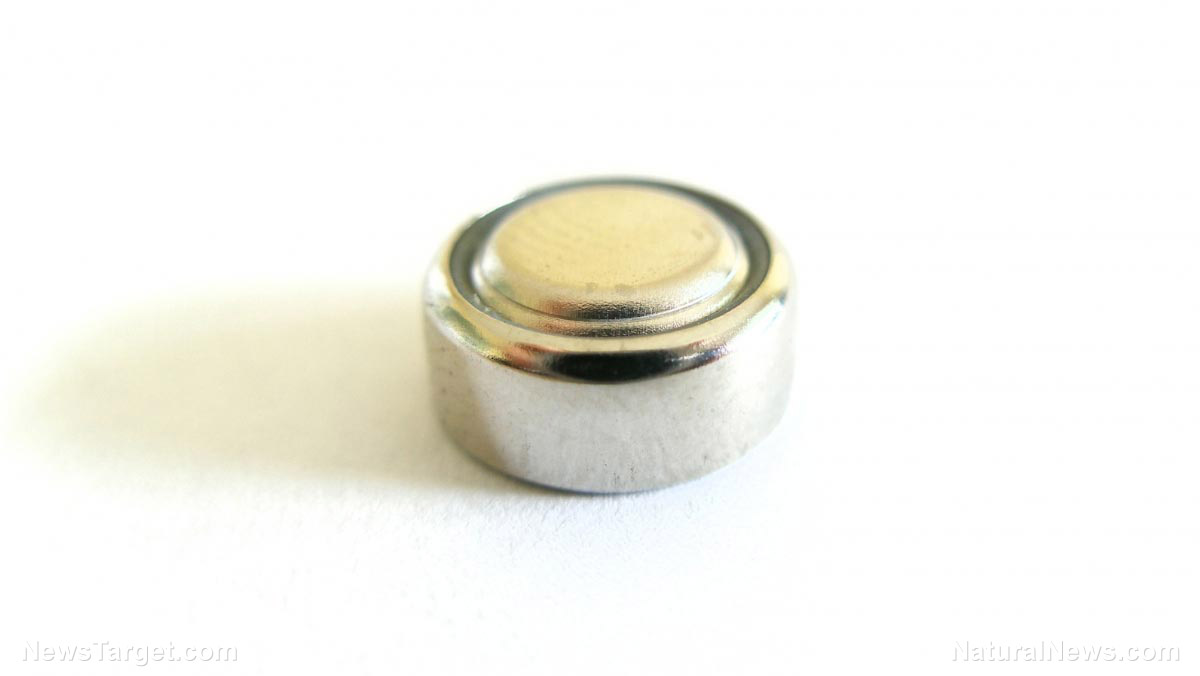
One of the big challenges for solar energy systems is finding an efficient and cost-effective means of storing excess electricity that can be supplied whenever and wherever it is needed, instead of being limited to daytime. An article in Chalmers Chemistry and Chemical Engineering News stated that the latest version of a Swedish-designed, liquid-based energy storage system could help overcome this logistics bottleneck.
This "molecular solar thermal system" uses a chemical liquid to store solar energy in the form of heat. The liquid medium can move and release the stored heat on demand. This allows solar energy that was gathered during the day to be used many hours later during the night.
It is the fruit of years of labor by a research team from Chalmers University of Technology (CUT), who first started working on the prototype in 2013. The paper describing the latest iteration of the energy storage system was published in the journal Energy & Environmental Science.
If perfected and implemented on a large scale, the new energy storage system could allow solar energy to play an even bigger role in supplying the electrical needs of the future. (Related: Stand-alone desalinating drinking water system runs on solar energy, can be used in off-grid locations.)
Molecular solar thermal system turns sunlight into chemical energy for storage
The CUT researchers explained that their molecular solar thermal system converts solar energy into a different form of energy. This alternate energy can be stored in the molecular bonds of the chemical fluid. Another process is used to release the stored energy from the bonds.
They based the process on norbornadiene, an organic compound and a bicyclic hydrocarbon. When exposed to any form of light, norbornadiene turns into quadricyclane, a multi-cyclic hydrocarbon. Another process is used to revert quadricyclane into norbornadiene.
The use of a liquid storage medium allows solar energy to be stored, transported, and released as needed. Furthermore, the chemical can be recovered after every use with no wastage whatsoever.
"The technique means that we can store the solar energy in chemical bonds and release the energy as heat whenever we need it," explained Kasper Moth-Poulsen, a professor at the CUT who led the research effort. "Combining the chemical energy storage with water heating solar panels enables a conversion of more than 80 percent of the incoming sunlight."
Refined solar energy storage system replaces ruthenium with carbon-based materials
Moth-Poulsen's team began working on the molecular solar thermal system in 2011. They presented an initial concept in 2013, which demonstrated the feasibility of storing solar energy in a liquid medium.
Drawbacks of that prototype included mediocre efficiency at converting solar energy into latent chemical energy – a mere 0.01 percent – and the storage liquid's use of ruthenium, an expensive and rare transition metal.
Years of refining the design have overcome those early flaws. The newest iteration dispensed with costly ruthenium. Instead, the chemical liquid uses carbon-based elements derived from norbornadiene and quadricyclane.
Furthermore, the solar energy conversion efficiency has been raised to 1.1 percent, a massive improvement.
"We saw an opportunity to develop molecules that make the process much more efficient," Moth-Poulsen remarked regarding the updated storage system. "At the same time, we are demonstrating a robust system that can sustain more than 140 energy storage and release cycles with negligible degradation."
The new solar thermal system is intended to be used alongside a solar water heating system. The CUT researchers say the combination can achieve 80 percent efficiency, which could be further improved. They are also looking into other applications for their solar energy storage technology.
If you want to read more articles about storage systems for solar energy, check out Power.news.
Sources include:
Please contact us for more information.


















